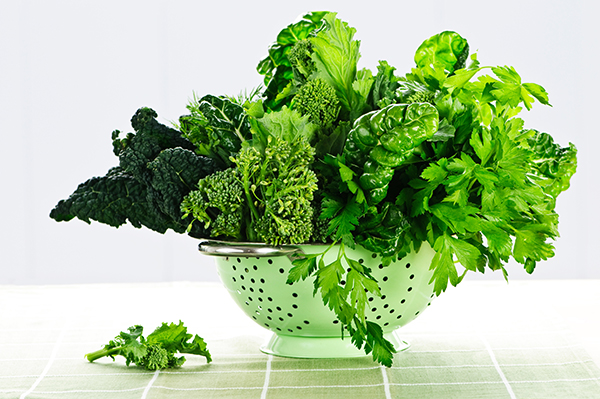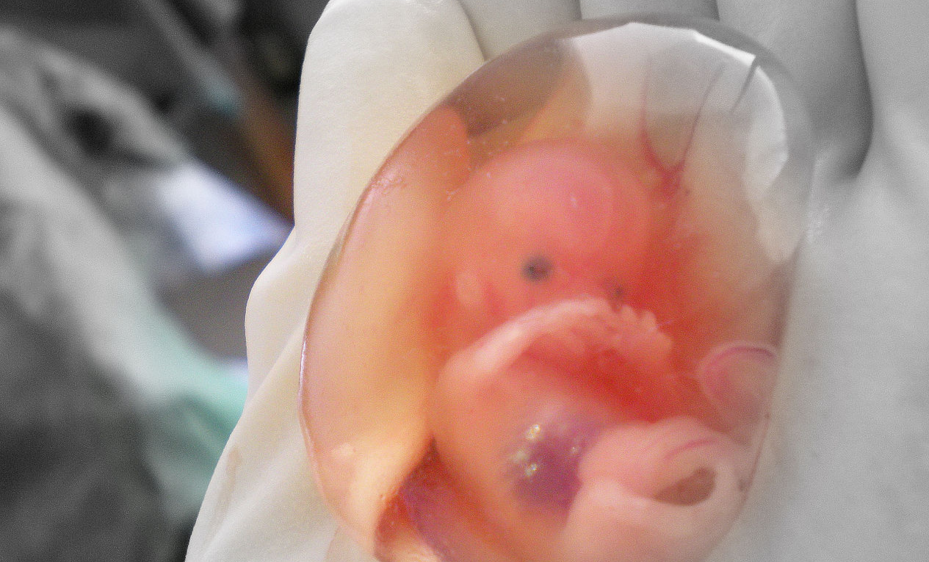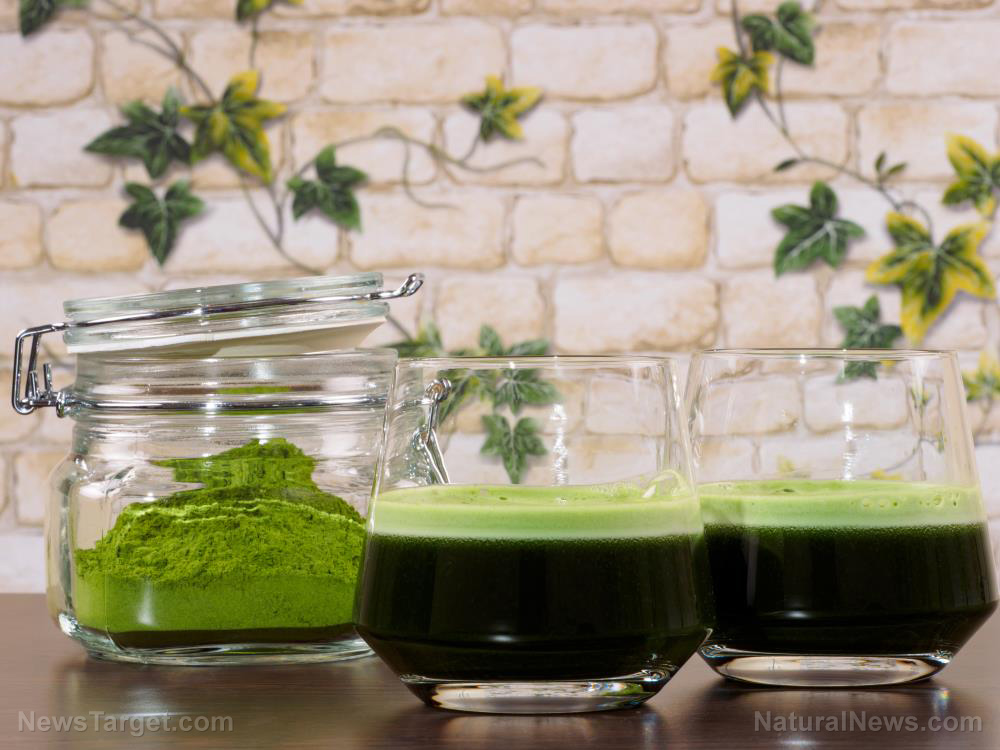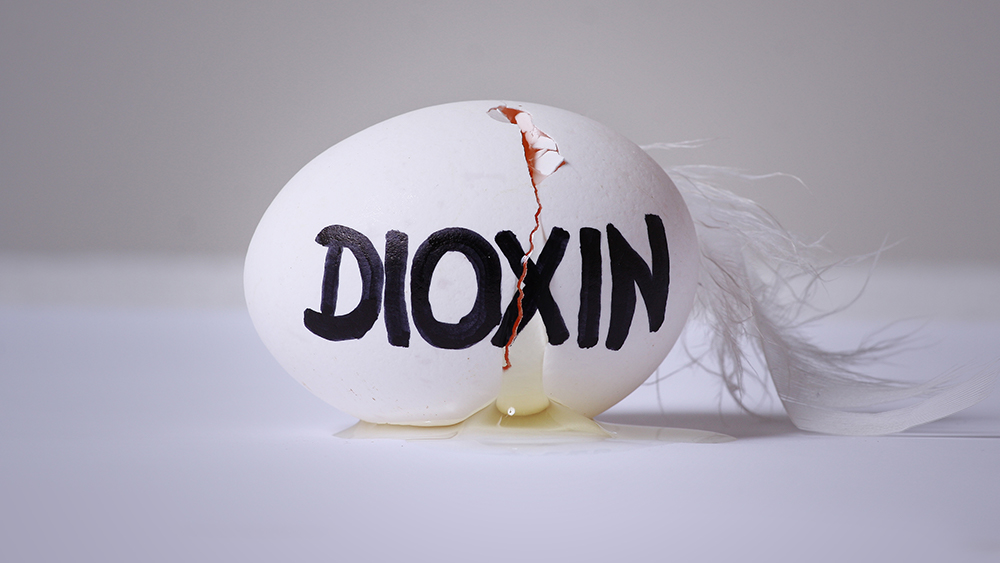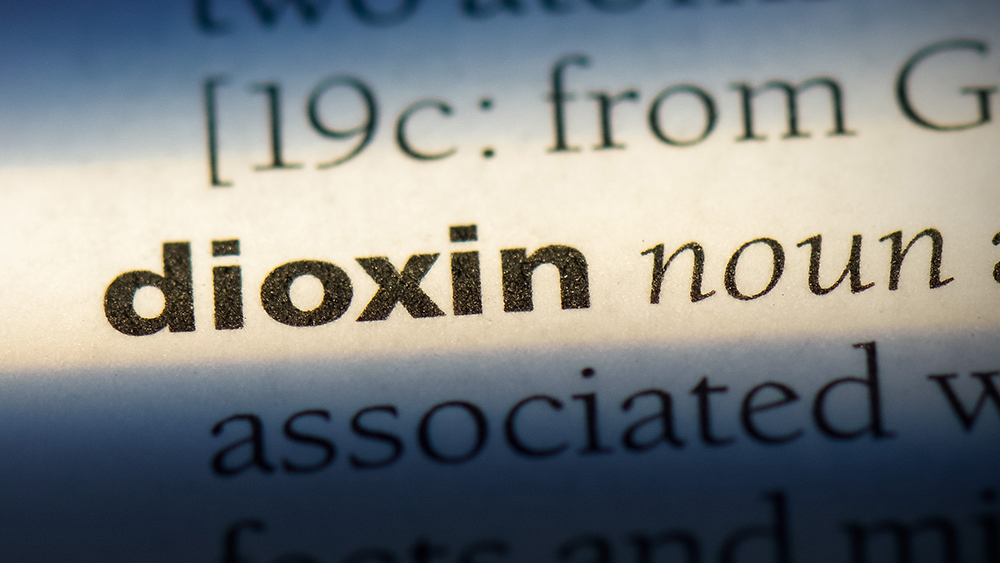Black tea theaflavins help mitigate effects of toxic dioxins
02/23/2023 / By Ethan Huff

In the aftermath of the East Palestine train derailment disaster, many people are wondering: are there natural ways to remediate exposure to dioxin chemicals? The good news is: yes, there are!
One way is by drinking black tea, believe it or not. Japanese scientists published a study in 2005 in the journal Bioscience, Biotechnology, and Biochemistry that highlights the dioxin-neutralizing effects of black tea theaflavins, a type of polyphenol derived through fermentation.
A big reason why dioxins are profoundly toxic has to do with the aryl hydrocarbon receptor (AhR), which undergoes a negative transformation following exposure. The team determined that tea theaflavins help prevent this negative transformation – and to a much greater degree than green and oolong teas.
For their research, the team isolated four theaflavins as active compounds from black tea leaves. In a dose-dependent manner, they successfully suppressed 1 nM 2,3,7,8-tetrachlorodibenzo-p-dioxin (TCDD)-induced AhR transformation.
“The IC(50) values of theaflavin, theaflavin-3-gallate, theaflavin-3′-gallate, and theaflavin-3,3′-digallate (Tfdg) were 4.5, 2.3, 2.2, and 0.7 muM, respectively,” the study’s abstract explains.
“The suppressive effect of Tfdg was observed not only by pre-treatment but also by post-treatment. This suggests that theaflavins inhibit the binding of TCDD to the AhR and also the binding of the transformed AhR to the specific DNA-binding site as putative mechanisms.”
(Related: Just one week before the catastrophic train derailment and subsequent dioxin release, East Palestine launched a “MyID” biometrics surveillance program to spy on local residents.)

Green tea also blocks dioxin-induced health damage
An earlier study published by the same scientists one year earlier in the Journal of Agricultural and Food Chemistry came to a similar conclusion, but for the pigments found in green tea leaves (Camellia sinensis).
Again, while not necessarily as strong as black tea leaves, green tea leaves and their natural compounds helped prevent the negative transformation of AhR caused by dioxin exposure.
“In this study, we identified lutein and chlorophyll a and b from green tea leaves as the novel antagonists for AhR,” this study’s abstract reads. “These active compounds suppressed AhR transformation dose-dependently with the 50% inhibitory concentration (IC(50)) values against 0.1 nM TCDD-induced AhR transformation at 3.2, 5.0, and 5.9 microM, respectively.”
“(-)-Epigallocatechin gallate, which is the most abundant flavonoid in green tea leaves, also showed stronger suppressive effects than did other major tea components, with the IC(50) value of 1.7 microM. Thus, these pigments of green tea leaves have the potential to protect from dioxin toxicity through the suppression of AhR transformation.”
More recently in 2015, some of the same scientists that worked on these other two papers published another one in the International Journal of Food Sciences and Nutrition about how the catechins in tea suppress the activity of cytochrome P450 1A1 through the very same AhR receptor activation pathway impacted by theaflavins.
“Polycyclic aromatic hydrocarbons (PAHs) and halogenated aromatic hydrocarbons (HAHs) develop various adverse effects through activation of an aryl hydrocarbon receptor (AhR),” that paper reads.
“The suppressive effects of brewed green tea and black tea on 3-methylcholanthrene (MC)-induced AhR activation and its downstream events were examined in the liver of rats. Ad-libitum drinking of green tea and black tea suppressed MC-induced AhR activation and elevation of ethoxyresorufin O-deethylase activity in the liver, whereas the teas themselves did not induce them.”
“Tea showed a suppressive fashion on the expression of cytochrome P450 1A1 (CYP1A1) … The results of this study suggested that active component(s) of tea are incorporated in the liver and suppress the activity of CYP1As through the AhR activation pathway.”
If healing naturally is a topic that interests you, be sure to also visit Cures.news to learn more about other natural remedies for chemical exposure.
Sources for this article include:
Submit a correction >>
Tagged Under:
alternative medicine, black tea, Cures, derailment, dioxin, East Palestine, natural cures, natural remedies, nutrients, prevention, Study, tea, theflavins, train
This article may contain statements that reflect the opinion of the author






